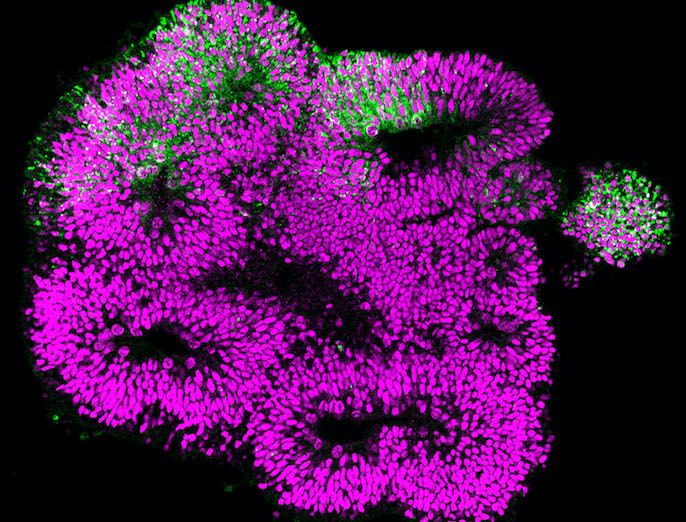Pluripotency – Link to carcinogenesis
Pluripotent stem cells can differentiate into many cell types, thereby comprising an attractive cell source for regenerative therapy. So far, transplantation of such cells in vivo has been characterised by teratoma (encapsulated tumour) formation and an inability to differentiate to the tissue of interest. To understand why teratomas form, the EU-funded PLURIPOTENCY (A new model for study relationship between pluripotency and tumoroginesis: Molecular insights from basal chordates) project studied the chordate Botryllus schlosseri. Botryllus schlosseri was chosen as the model organism due to its unique capacity to regenerate its body from pluripotent cells through a teratoma-like intermediate. During vascular budding, abnormal developmental stages occur where pluripotent cells are maintained and eventually regain positional identity and differentiate 'correctly' into a functional body. This latter process is termed blastogenesis. Project researchers were confident that by studying this chordate they could extract important information that could be extrapolated to human pluripotent stem cells. They analysed gene expression during vascular budding and blastogenesis to identify candidate genes involved in the maintenance of pluripotency and cell differentiation. Researchers successfully provided a complete assembled transcriptome of Botryllus schlosseri and elucidated key processes such as vascular budding. PLURIPOTENCY cloned 30 candidate genes implicated in 'stemness', differentiation or cell fate determination. Scientists also published a newly developed methodology for tracking phagocytic cells in vivo. This helped describe their role during regenerative processes. Botryllus schlosseri has proved an ideal model organism for uncovering evolutionarily conserved basic molecular mechanisms that regulate cell fate in a non-embryonic context. Learning how pluripotent stem cells form a teratoma and differentiate into desired cell types instead of becoming carcinogenic should have several biomedical applications.
Keywords
Pluripotency, carcinogenesis, teratoma, chordate, vascular budding, blastogenesis







